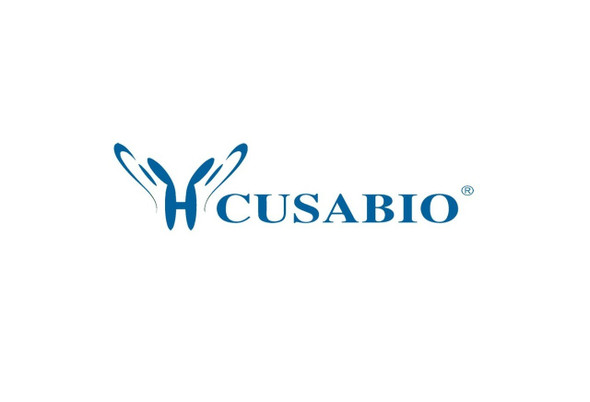Cusabio Polyclonal Antibodies
SMAD2 Antibody | CSB-PA15557A0Rb
- SKU:
- CSB-PA15557A0Rb
- Availability:
- 3 to 7 Working Days
Description
SMAD2 Antibody | CSB-PA15557A0Rb | Cusabio
SMAD2 Antibody is Available at Gentaur Genprice with the fastest delivery.
Online Order Payment is possible or send quotation to info@gentaur.com.
Product Type: Polyclonal Antibody
Target Names: SMAD2
Aliases: Mothers against decapentaplegic homolog 2 (MAD homolog 2) (Mothers against DPP homolog 2) (JV18-1) (Mad-related protein 2) (hMAD-2) (SMAD family member 2) (SMAD 2) (Smad2) (hSMAD2), SMAD2, MADH2 MADR2
Background: Receptor-regulated SMAD (R-SMAD) that is an intracellular signal transducer and transcriptional modulator activated by TGF-beta (transforming growth factor) and activin type 1 receptor kinases. Binds the TRE element in the promoter region of many genes that are regulated by TGF-beta and, on formation of the SMAD2/SMAD4 complex, activates transcription. May act as a tumor suppressor in colorectal carcinoma. Positively regulates PDPK1 kinase activity by stimulating its dissociation from the 14-3-3 protein YWHAQ which acts as a negative regulator.
Isotype: IgG
Conjugate: Non-conjugated
Clonality: Polyclonal
Uniport ID: Q15796
Host Species: Rabbit
Species Reactivity: Human, Mouse
Immunogen: Recombinant Human Mothers against decapentaplegic homolog 2 protein (2-467AA)
Immunogen Species: Human
Applications: ELISA, WB, IHC, IF
Tested Applications: ELISA, WB, IHC, IF; Recommended dilution: WB:1:500-1:5000, IHC:1:100-1:1000, IF:1:50-1:500
Purification Method: >95%, Protein G purified
Dilution Ratio1: ELISA:1:2000-1:10000
Dilution Ratio2: WB:1:500-1:5000
Dilution Ratio3: IHC:1:100-1:1000
Dilution Ratio4: IF:1:50-1:500
Dilution Ratio5:
Dilution Ratio6:
Buffer: Preservative: 0.03% Proclin 300
Constituents: 50% Glycerol, 0.01M PBS, PH 7.4
Form: Liquid
Storage: Upon receipt, store at -20°C or -80°C. Avoid repeated freeze.
Initial Research Areas: Signal Transduction
Research Areas: Epigenetics & Nuclear Signaling;Cancer;Signal transduction;Stem cells



















